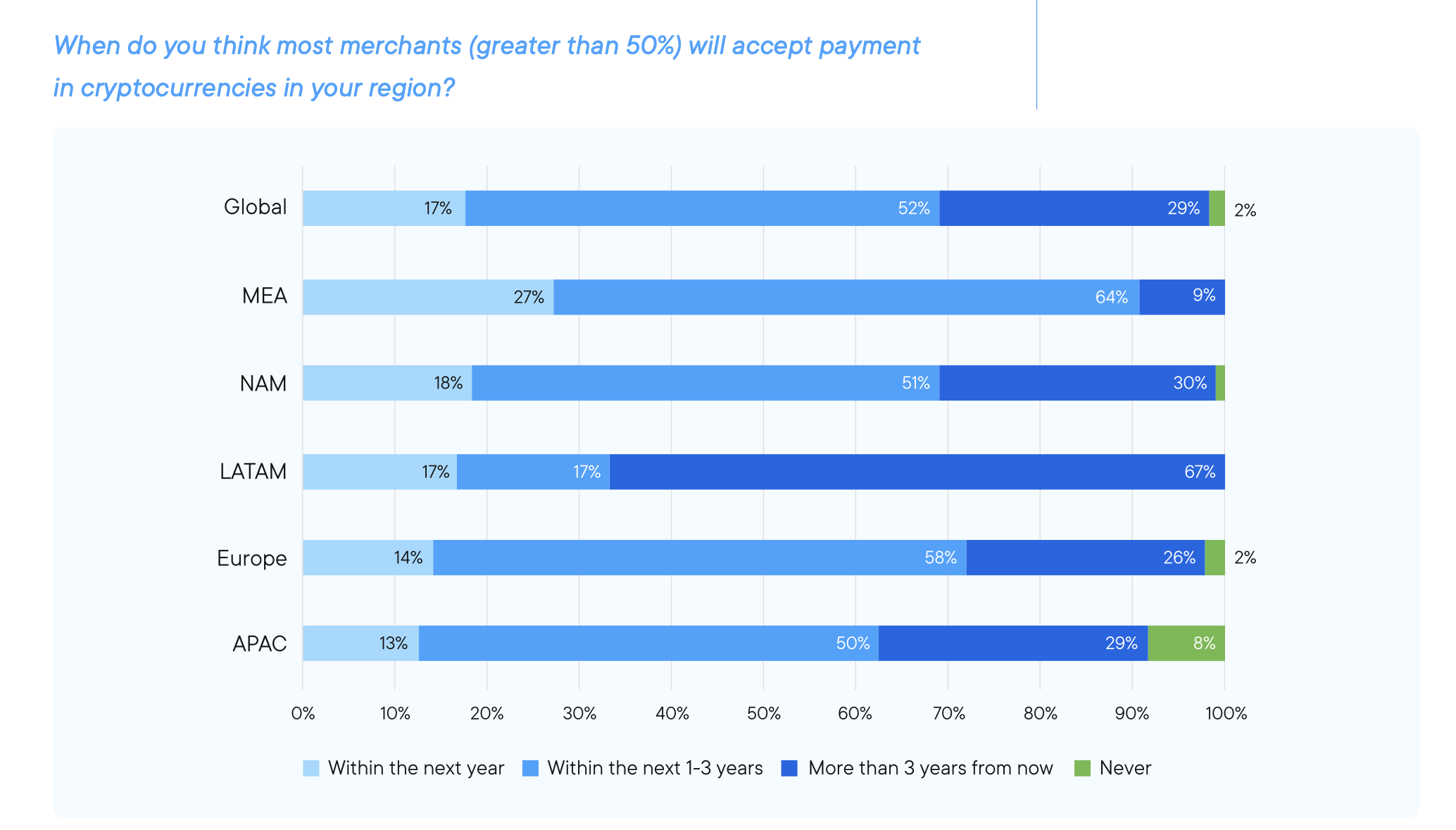
Blockchain could save financial institutions $10B by 2030: Ripple

Among the 300 finance professionals surveyed across 45 countries, 97% believe that blockchain will play a crucial role in faster payment systems within the next three years.
Blockchain has the potential to save financial institutions approximately $10 billion in cross-border payment costs by the year 2030, according to a recent report.
Published by digital payment network Ripple, in collaboration with the US Faster Payments Council (FPC) on July 29, the report surveyed 300 finance professionals across 45 different countries, from various sectors, such as fintech, banking, media, consumer technology and retail.
Results show that global payments leaders are dissatisfied with legacy rails for cross-border payments.
Learn why 97% believe #blockchain and #crypto will transform the way money moves in our latest whitepaper with @Faster_Payments. https://t.co/qacuAAzZrR pic.twitter.com/ForjM05Wbb
— Ripple (@Ripple) July 28, 2023
Among the participants surveyed – ranging from analysts to directors and CEOs – 97% firmly believe that blockchain technology will play a crucial role in facilitating faster payment systems within the next three years.
Furthermore, over half of the participants agreed that the most significant benefit of cryptocurrency is the potential to cut costs.
“In the survey, over 50% of respondents believe that lower payments cost–both domestically and internationally–is crypto’s primary benefit” it was noted.
According to the report, fintech analyst company Juniper Research predicts that the use of blockchain in global transactions will result in substantial cost savings for banks over the next six years.
“Juniper Research supports this notion, pointing to blockchain’s potential to significantly increase savings for financial institutions conducting cross-border transactions – an estimated $10 billion by 2030.”
As the e-commerce landscape continues to expand and businesses prioritize international markets, cross-border payments are only expected to grow over the coming years. The report pointed out that there is a significant anticipated increase in international payment transactions by the year 2030.
“Global cross-border payment flows are expected to reach $156 trillion – driven by a 5% compound annual growth rate (CAGR),” the report noted.
Related: X’s ad revenue sharing: Crypto payments on the horizon?
However there was a split in opinions among the participants over when the majority of merchants would embrace digital currency payments.
While 50% of those surveyed were confident that most merchants would adopt crypto payments within the next three years, there were varied confidence levels whether it would happen within the next year.

Participants from the Middle East and African region showed the highest level of confidence, with 27% of them believing that most merchants will accept crypto as a payment method within the next year.
Meanwhile, leaders in the Asia-Pacific (APAC) region were the least confident, with only 13% believing in the same timeframe. However, across all 300 surveyed participants worldwide, 17% expressed their belief that such adoption could happen within the next year.
This comes after research from the Bank of International Settlements (BIS) revealed there could be up to 24 central bank digital currencies (CBDC) by the year 2030.
In a report published by BIS on July 10 – which surveyed 86 central banks from October to December 2022 – it revealed 93% of those institutions are researching CBDCs, and there could be up to 15 retail and 9 wholesale CBDCs in circulation by 2030.
Magazine: ‘Elegant and ass-backward’: Jameson Lopp’s first impression of Bitcoin
Go to Source
Author: Ciaran Lyons









